The south, with its astonishingly pretty beaches of honey-coloured sand and the crumbling grandeur of UNESCO World Heritage Site Galle Fort, has been drawing visitors for decades long. Many people either start or end their Sri Lanka itinerary in the south, and it is a wonderful part of the country to explore if you only have 2 or 3 weeks in Sri Lanka. Although this region is home to some of the best beaches in Sri Lanka, the south coast has a lot to offer beyond its sandy coastline – here are a few things to add to your itinerary .
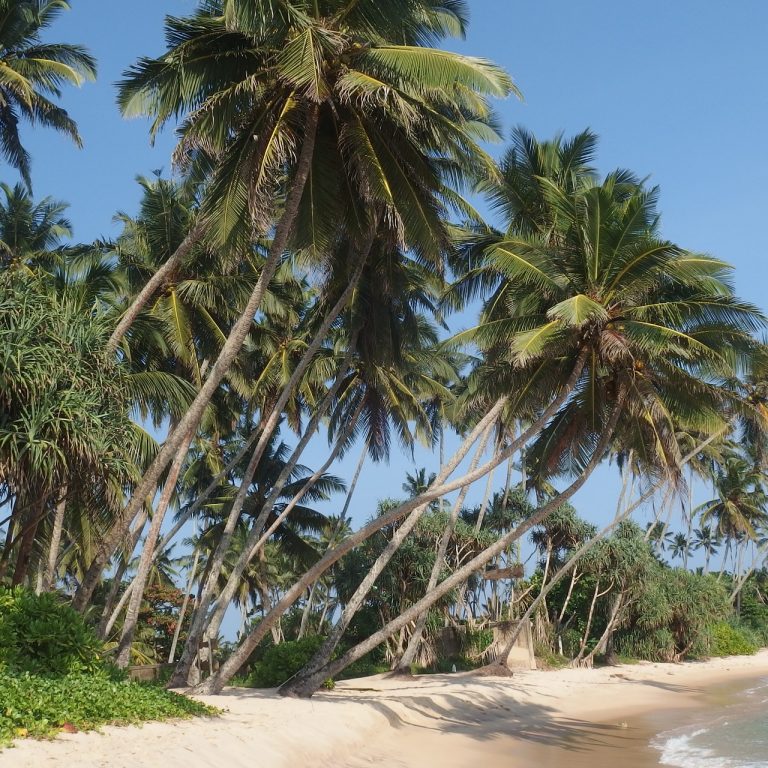
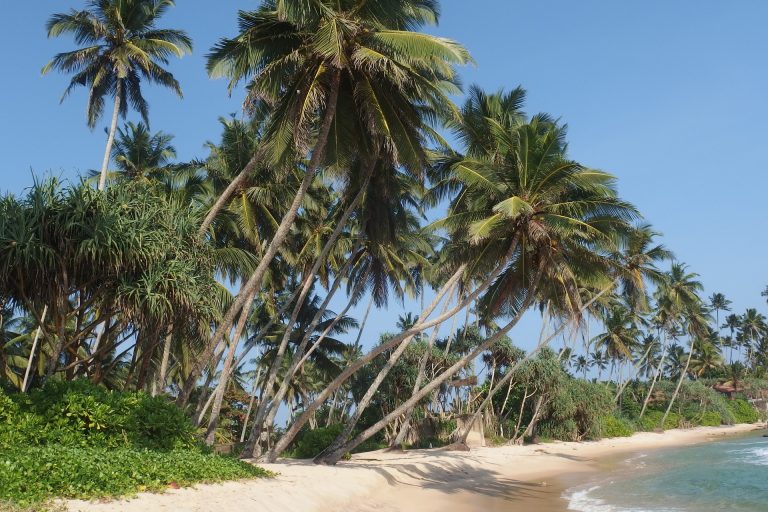
TANGALLE
Reveled as the “perfect beach”, Tangalle is where you’ll find the picturesque, skinny coconut palms scattered along the shoreline and the scent of plumeria blowing in the wind.
In addition to the beautiful beaches, like Medaketiya and Goyambokka beaches, you can try your hand at parasailing, windsurfing and kitesurfing, or tour the serene Tangalle Lagoon.
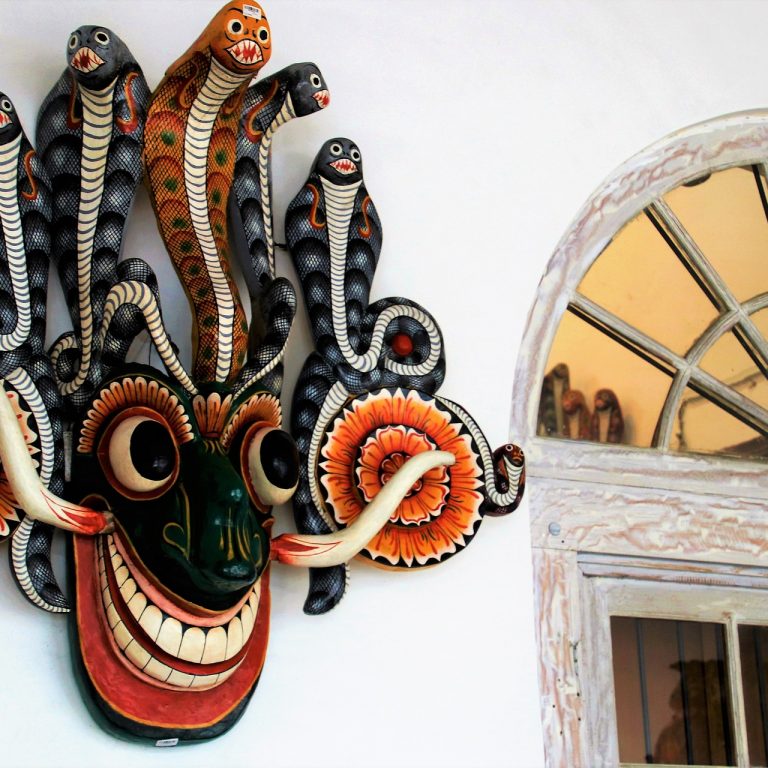
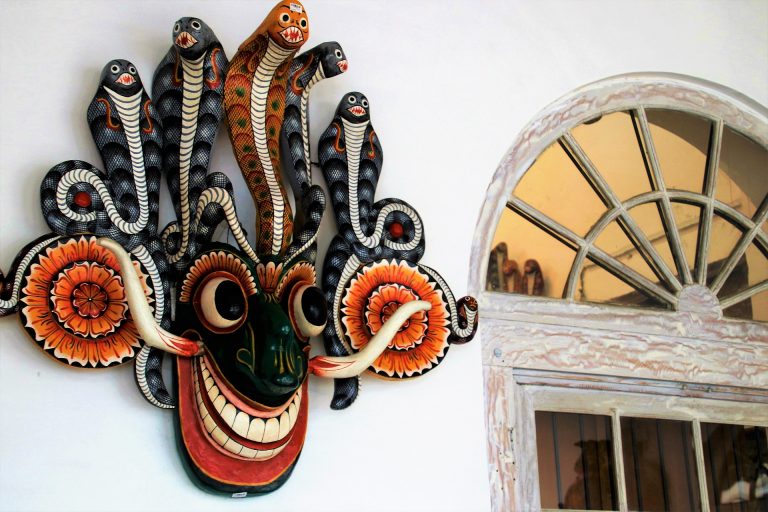
Ambalangoda Ariyapala Mask Museum
Ambalangoda is a very popular cultural centre in the southern coastal region of Srilanka and well known for traditional masks carvings and masks dancing.Ariyapala & Sons’ passing through their fifth generation of traditional masks carving and dancing is a non-profit organization. It includes a well developed museum, a workshop and a well decorated product display shop with various ranges of traditional masks. The museum is designed to introduce into the richness of the mask tradition of Ambalangoda and to strengthen cultural heritage. This museum also has a small library containing all available anthropological literature on masks performances to serve as a centre for traditional arts & crafts and for research as well. The masks making community consists of 15 traditional mask makers families. They are mostly Buddhist people. However according to their rituals the masks they make are of demons from Hindu myths and belief. Kolam is a traditional folk play in the west and in the south-west coastal regions in Sri Lanka. Masks are utilized in Kolam called as kolam masks. 15 to 20 craftsman daily work in the workshop centre for traditional mask curving and painting. They have trained a no of traditional mask dancer to perform at the national and international level for decades. They have built a well organized workshop unit where 15 – 20 craftspersons can be trained to curve traditional masks.
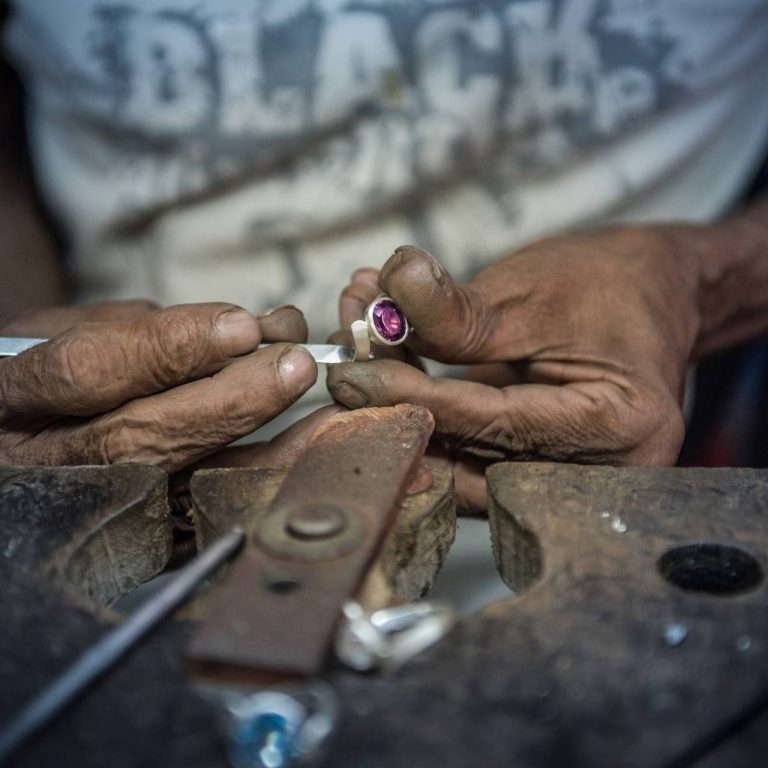
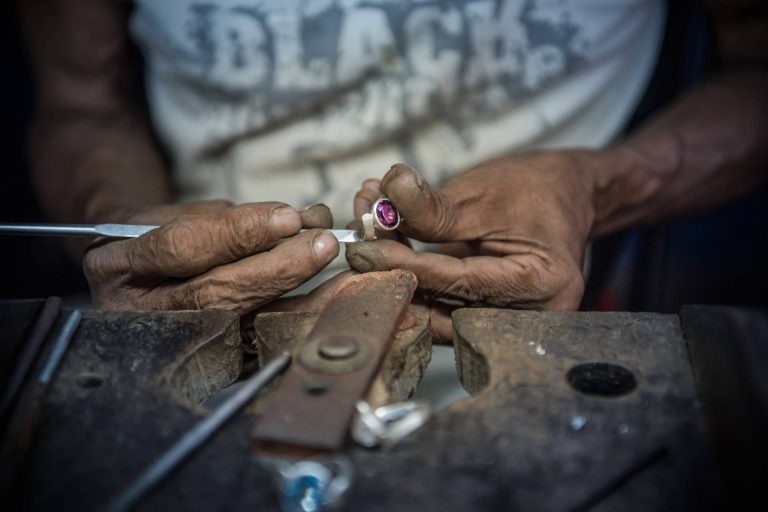
Moonstone mine and gem palace
Meetiyagoda village situated 10 km north of Hikkaduwa is famous for Sri Lankan largest Moonstone mines. Moonstone is a semi precious gemstone, Sri Lankan moonstones are of highest value due to their dark blue reflection. The stone is a member of the feldspar family, a combination of two species, orthoclase and albite, stacked in thin alternating layers. Meetiyagoda sits on the earth’s largest pegmatite vein of moonstones. Villagers believe that this piece of land is blessed by the moon. The moonstone is grey, yet finer versions are blue. The finest and rarest moonstones have an almost transparent colorless body with a strong blue shine. Moonstone deposits occur deep below the surface, 10-40m. Moonstones are extracted by shaft mining. Upon entering the property one encounters a mine shaft that can be peer into. It is a deep, four walled, box-like structure fortified inside against collapse. The eye follows the mine bottom to a tunnel configuration running roughly at right angles to the main shaft. These mineshafts are called yati illama, the sides are reinforced with coconut logs and lined with branches and leaves of the kekilla fern; the latter acting as a sieve which holds back the dense soil while allowing ground water through, thereby reducing the overall pressure of the earth and allowing deeper mining than would otherwise have been possible. Once the pegmatite layer is reached, usually at a depth of 10-20m, mining can begin. In the lapidaries of Meetiyagoda, electric cutting machinery has largely replaced the traditional hand-powered hannaporuwa, but even these simply add speed to a process that is essentially done by hand, individual moonstones being polished one at a time by being held against the spinning wheel. The large stone glows in a variety of pale blues when held to the sun.
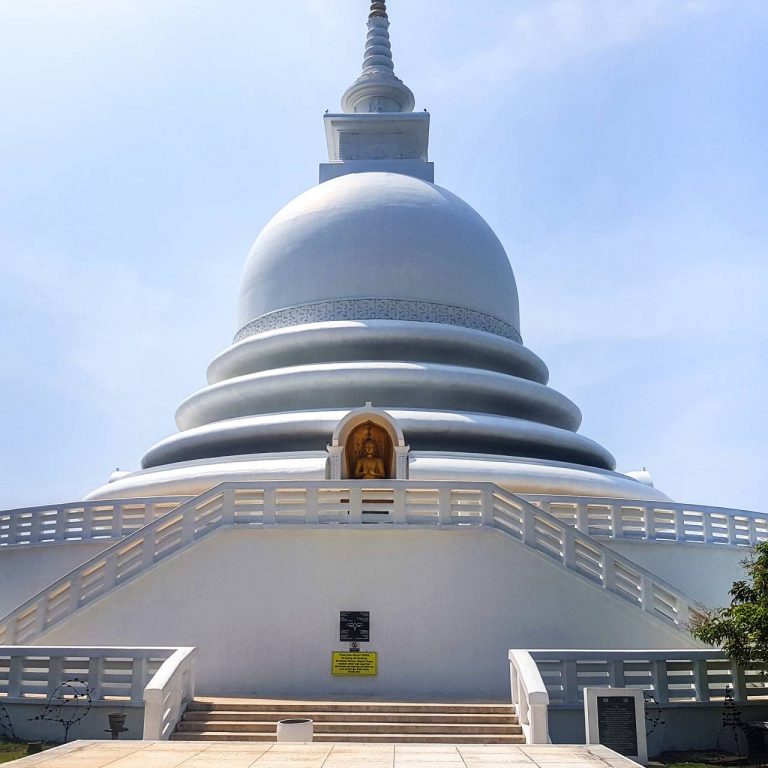
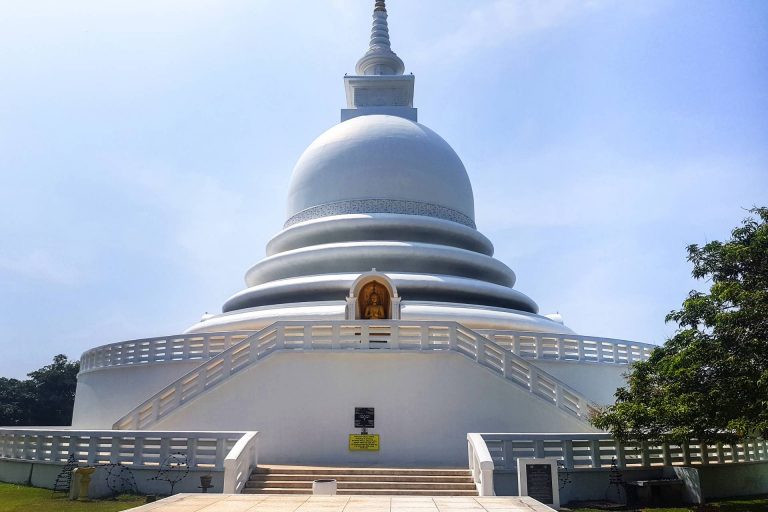
Rumassala- Japanese peace pagoda
Rumassala is the subject of many legends. It is featured in the Ramayana, as the home of the beautiful Queen Sita. According to the Ramayana the Monkey-warrior Hanuman was sent back to India to fetch the four medicinal herbs, mritasanjeevani, vishalyakarani, suvarnakarani and sandhani from Himalaya in mountains to heal Lakshman who was wounded in his great battle with Ravana to save the abducted Princess Sita. It is also said that as he failed to identify the herbs he uprooted the mount and ferried it to the battlefield Hanuman dropped a chunk of ‘Himalaya’ at Unawatuna to form the present mountain, where many medicinal plants grow. The name of the village derived from Unna-watuna meaning “fell down”.
Sama Ceitya is the stupa which was built by the Japanese in 2004. It is called “Peace Pagoda”. This Peace Pagoda is designed to help unite the mankind in their search for world peace. Most of the word’s peace pagodas have been built under the guidance of Nichidatsu Fujii (1885-1985), a Buddhist monk from Japan and founder of the Nipponzan – Myohoji Buddhist Order. There are four stupas of this kind in Sri Pada, Bandarawela, Walapane and Ampara. By 2000, 80 Peace Pagodas had been built around the world in Europe, Asia, and the United States. The main stupa itself is a more of a Japanese/East Asian style and the surrounding is made like mentioned above the Sanchi design. The view out across the ocean is beautiful from the pagoda, at a distance you see the Gall fort and the Iconic Lighthouse. The Galle Peninsula and the town is seen from here at it is breathtaking.
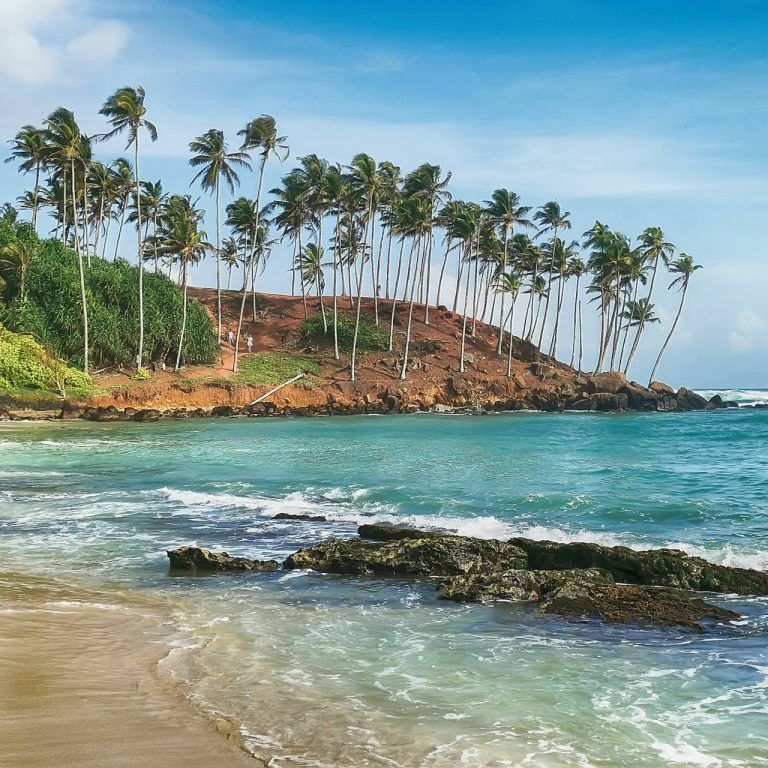
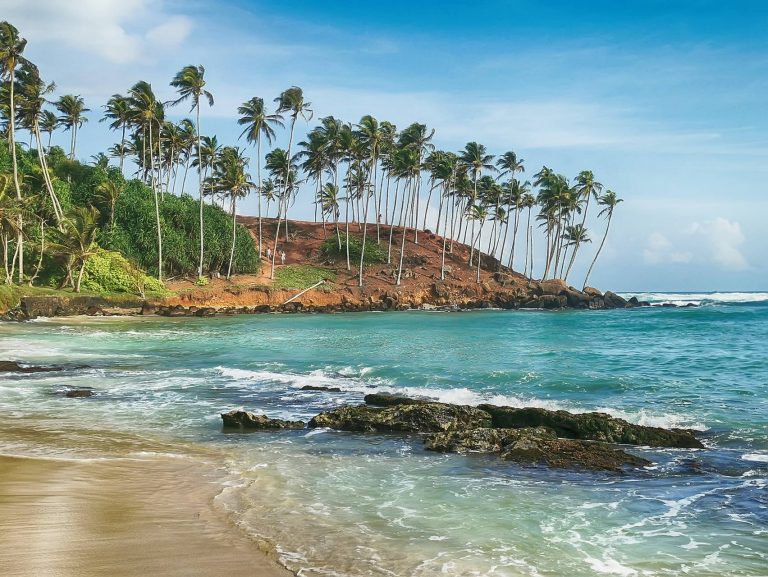
Palm tree view point
The best place to watch sunset in Mirissa is Palm tree grove. Although it’s only approximately a 15-minute walk from the main beach, few people venture here so you may even have the place to yourself. There’s something special about the way the palm trees line up here that make it a beautiful spot to visit, this palm tree dome has become quite the Instagram spot. You can access it via one of the restaurants nearby or by a small walk through the water.
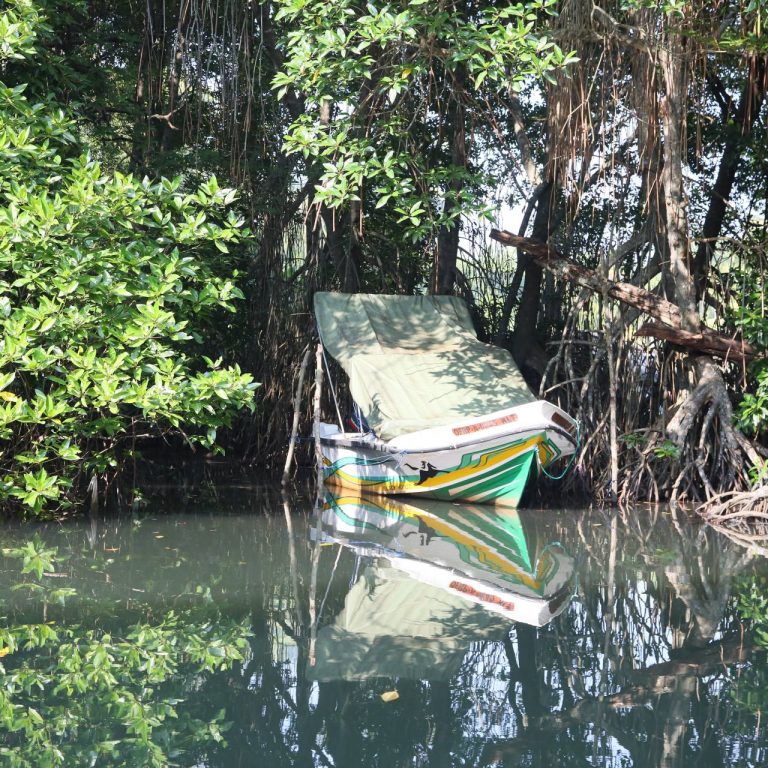
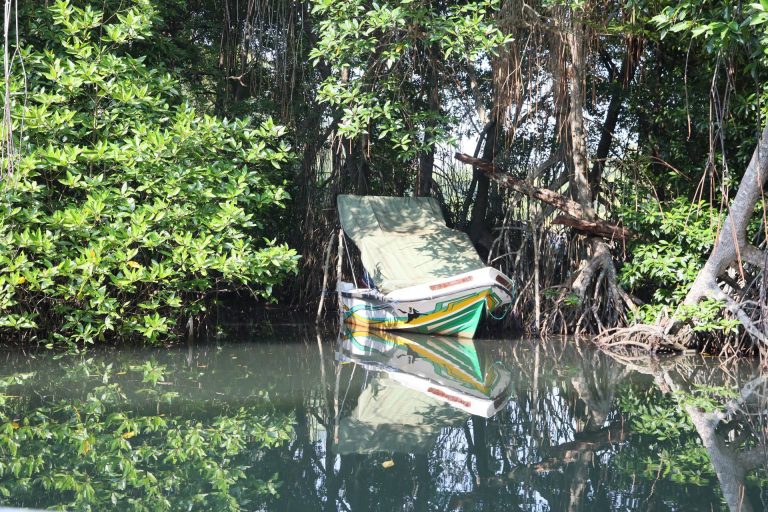
Madu River mangrove safari
The Madu River area surrounding the river are all swampy marshlands covered in mangrove forests, which covers over 61 hectares. 14 of the 24 species of mangroves are found in this area. Mangroves play a huge part in preventing erosion. The value of the mangroves was understood in December 2004, during the devastating tsunami, when forest acted as a natural barrier protecting the region. The large growths of mangrove trees have caused a chain of ecological gain. Over 300 species, 19 of which are endemic, have been discovered here so far. The region continues to be a treasure trove to biologists and ecologists with many undiscovered species in the unreachable depths of the mangrove forests. The Madu River safari last for over two hours and gives a visitor a chance to travel the secretive passages through the mangrove forests and see the ecology. You can have a chance to see crocodiles, water snakes, tree snakes and wild boars. Watch the cormorants; storks and many other avianlife hunt. You can visit the old Buddhist temple on one of the islands , aer you can stop by another of the islands: cinnamon farm, or you can visit the outdoor fish massage parlor, where you can dangle your feet into a fenced part of the river to get treated by the massage fish.
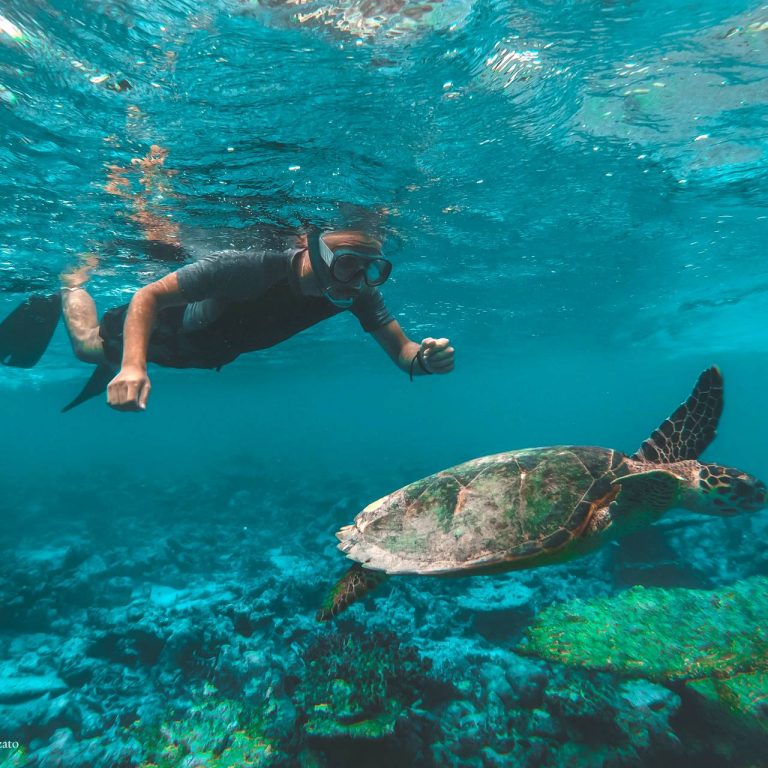
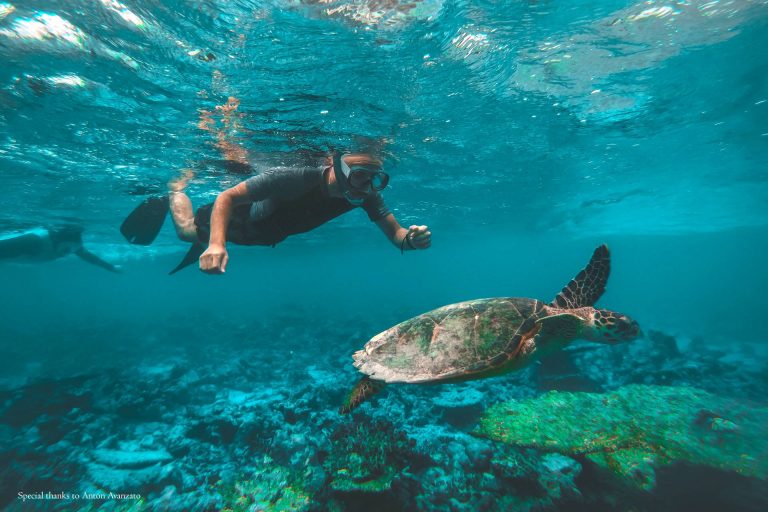
Snorkeling and diving
Sri Lanka has several diving and snorkelling spots, globally renowned for its diving and snorkeling tours. Sri Lanka’s spectacular underwater scenery beneath the waters of the Indian Ocean has a world of tropical fish, coloured coral and mysterious shipwrecks. The southern coast of Sri Lanka is especially popular for breathtaking underwater tours. If you’ve never done any diving, PADI diving schools can help you to be the master of scuba diving. For more experienced divers, equipment is available for rent at all the diving schools. Hikkaduwa, Unawatuna and Weligama are very popular spots. Hikkaduwa’s magnificent underwater ecosystem now declared a Marine National Park is home to over 60 species of corals and 170 species of reef fish, a number of species of sea turtle and other marine creatures. The first of all the places on the island to have a proper PADI dive center and PADI Training center. Mirissa has always been famous for whale watching but now it’s gaining popularity for its great diving. There are around five dive sites in Mirissa. The Poseidon Diving Center has programs for beginners and also full PADI training courses to reach all levels. This magnificent underwater ecosystem now declared a Marine National Park is home to over 60 species of corals and 170 species of reef fish, a number of species of sea turtle and other marine creatures.
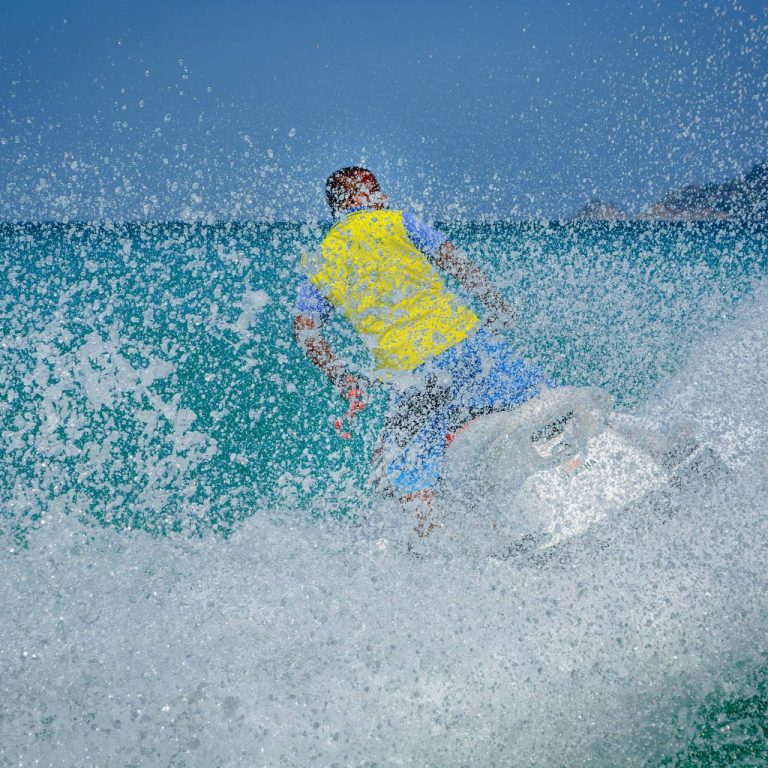
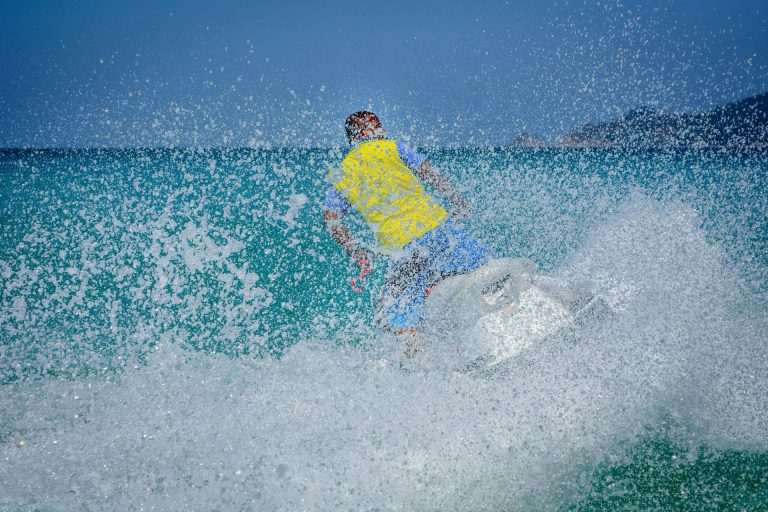
Jet ski
Mirissa is a hotspot for many water sports activities. The jet sky is one of an amazing way to having a thrilling experience in Tropical Ocean.
Adventurous water scooter ride in stunning Mirissa.
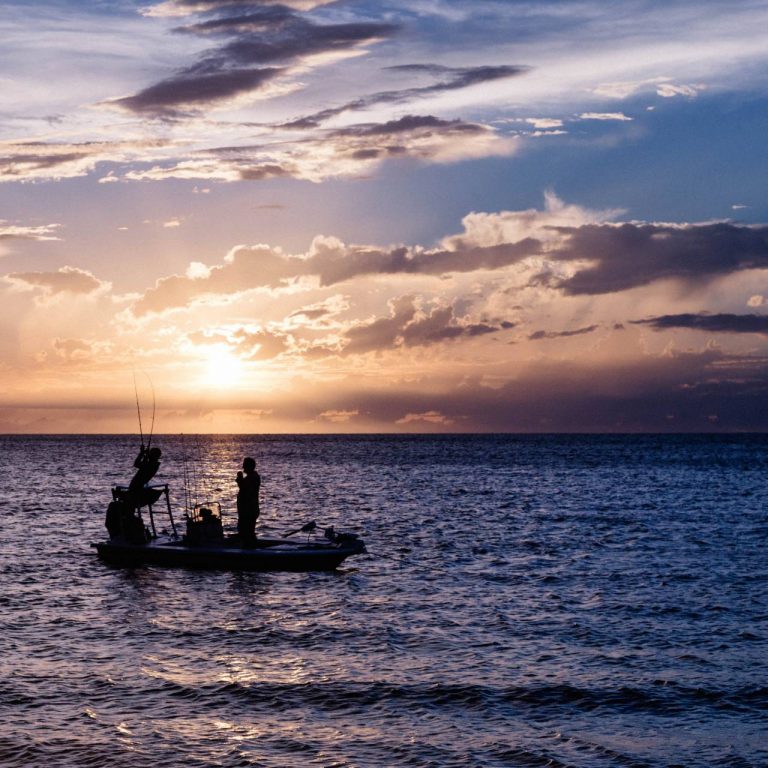
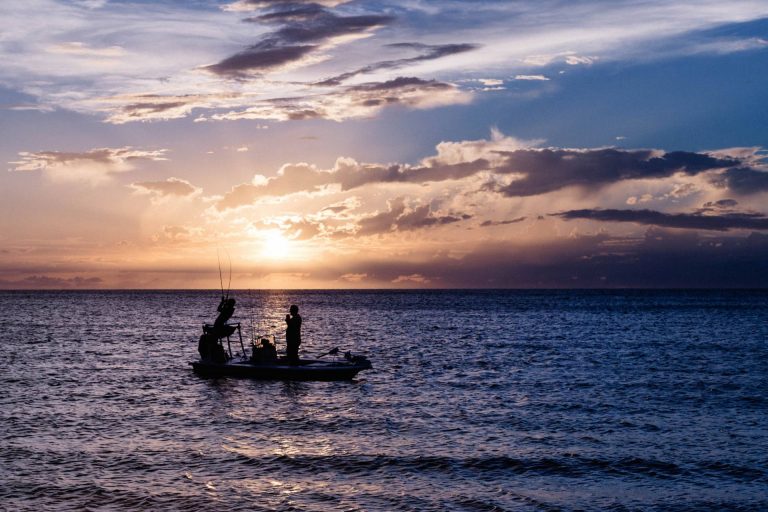
Fishing
Mirissa is a fishery village and many people are attending fishery industry in large scale.
The large Mirissa fishery harbor is the best place to go to a fishing tour, which can be arranged upon request. It can be done on morning or evening and the tour organizers serving little snack and meal.
Fishing on a tropical ocean with local fisherman will be amazing extraordinary experience.
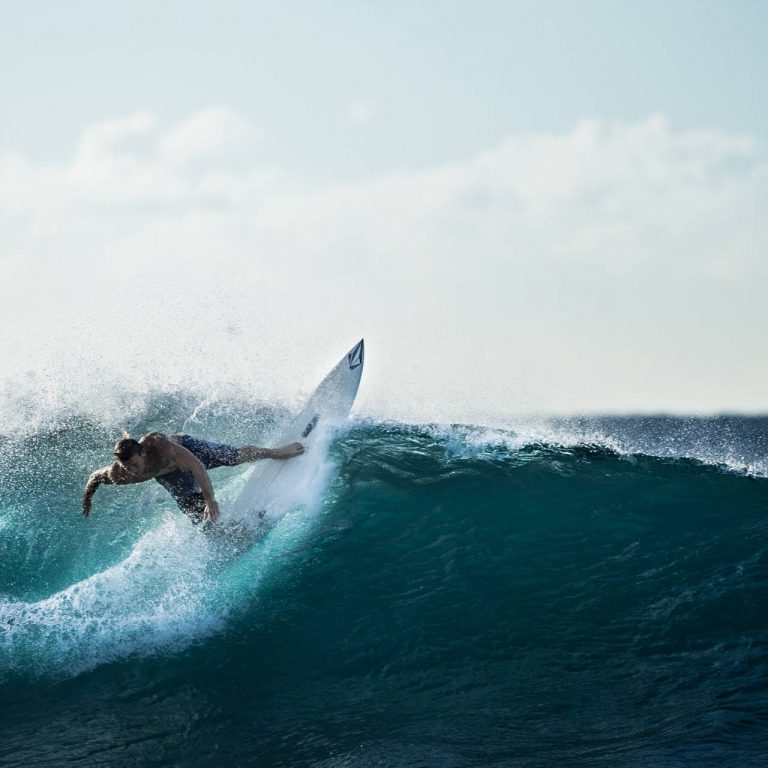
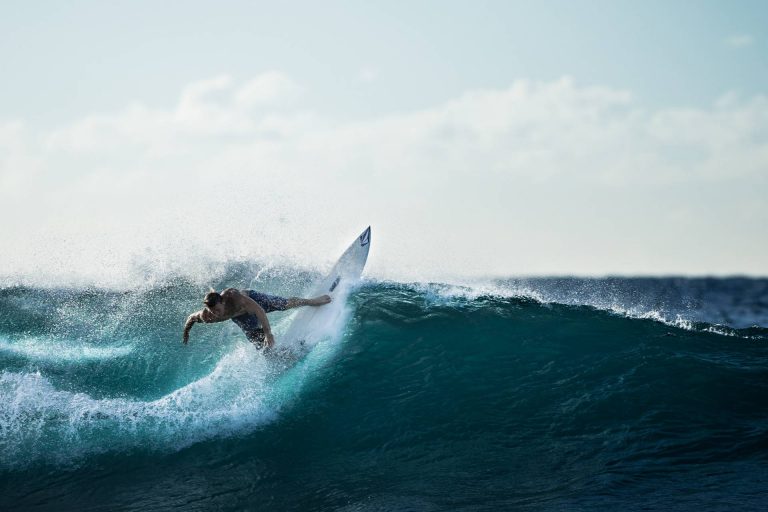
Surfing
The surfing near Mirissa is all year round activity, but the best between November and April. There are good surf spots a couple of kilometers towards Matara, and the nearby Weligama, and Ahangama and Midigama too.
Beginners and kids can take lessons in Weligama Surf School. Wave break point is perfectly made for beginners in Weligama.
Even Midigama a very close great surfing point for intermediate and expert surfers.
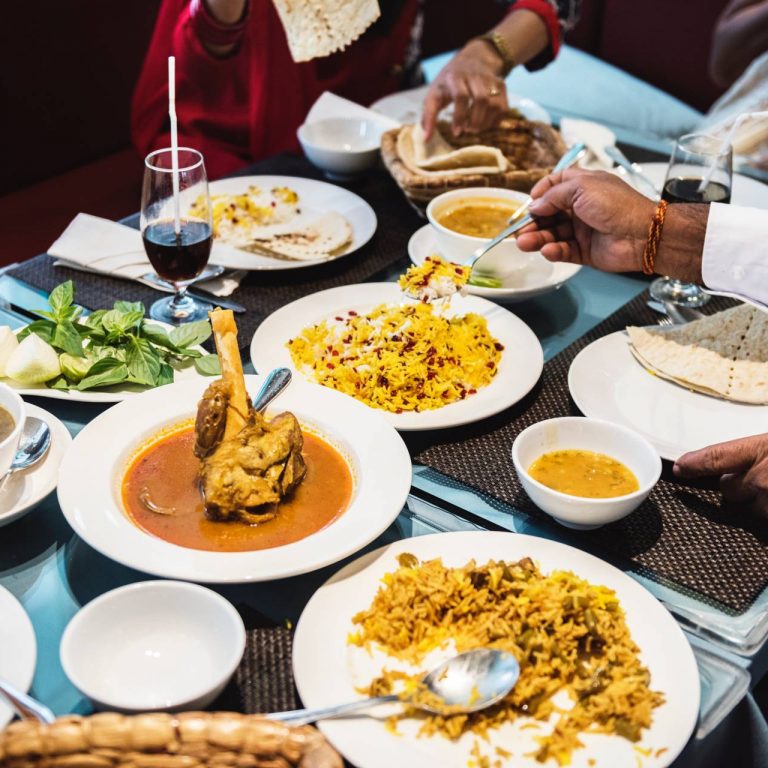
Cooking classes
The menus offer everything from seafood fare to fantastic spicy offerings,the sri lankan cooking classes have generous tastings, soft drinks and copies of recipes demonstrated at the class
Traditional Sri Lanka food is very enjoyable and world famous, but cooking it yourself adds yet another dimension to the experience. Cooking classes generally held at a house located in quiet residential areas, with different menus on training, reflecting the cultural and culinary traditions of Sri Lanka.
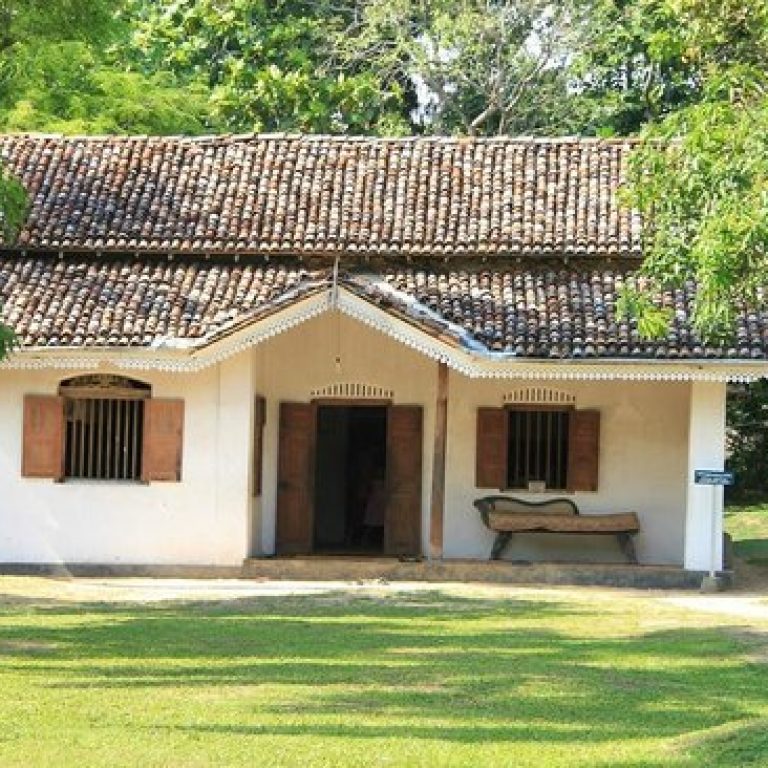
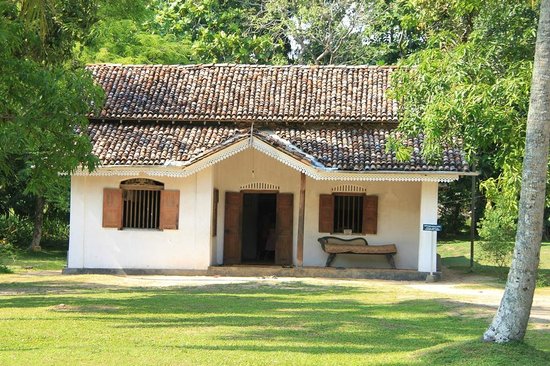
Martin Wickramasinge Folk Museum
Observe the folk lifestyle and customs in Koggala where located near Galle historic city, which exhibit many things that represent the things of the folk lifestyle: Lace works, Masks, Muppets, equipments.
The Folk Museum was a home for a great novelist called “Mr. Martin Wickramasinge” who has written many great novels in this home.
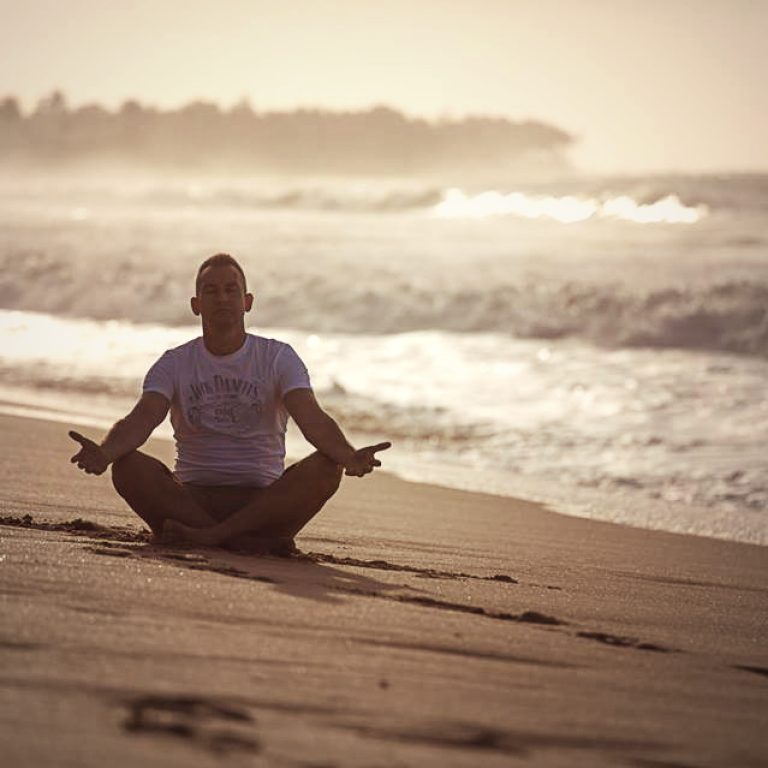
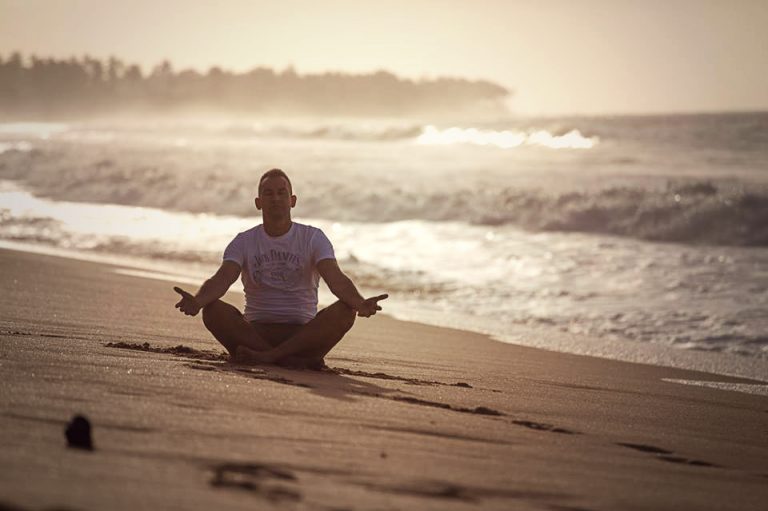
Yoga courses
The yoga centre offers you a peaceful surrounding, next to the Ratnagiri hilltop temple. There are varied classes everyday, for all levels of experience.
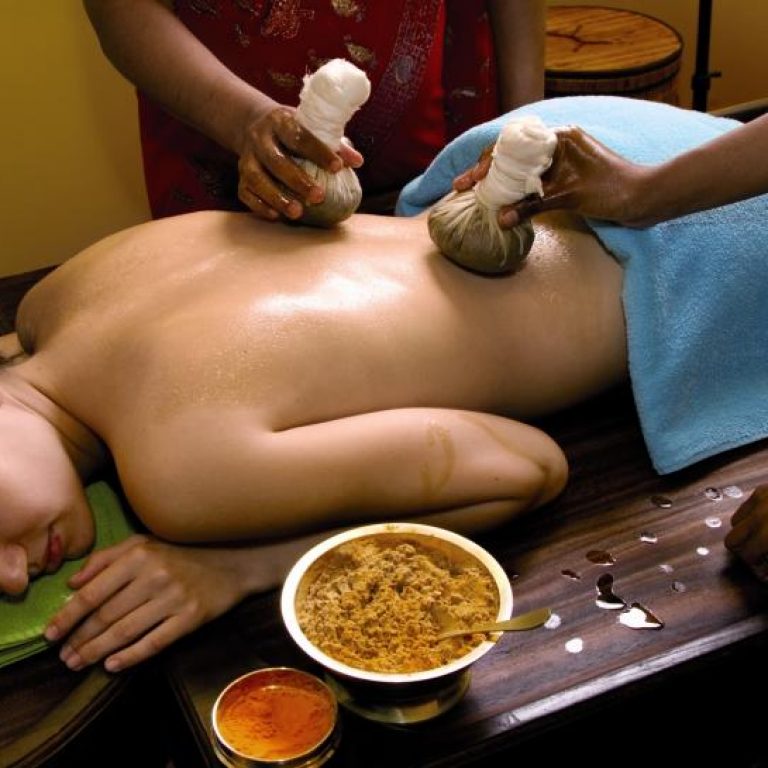
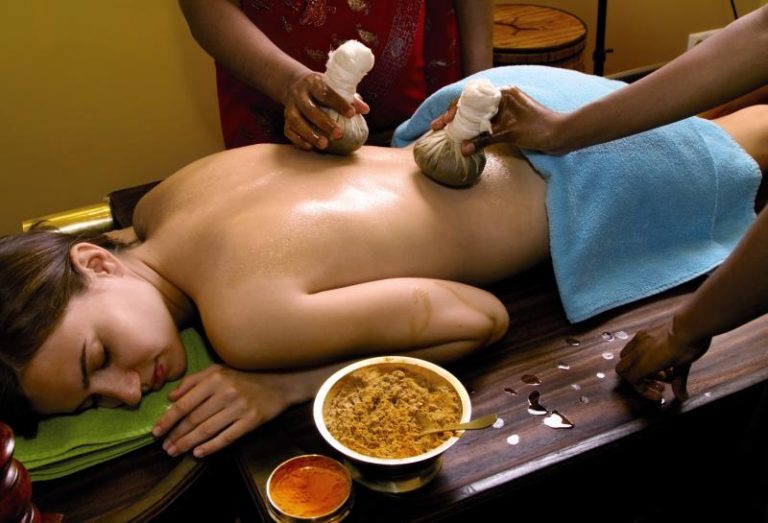
Ayurveda massage, Spa and meditation
Ayurveda is a system of traditional medicine and holistic wellness native to India and Sri Lanka.
Ayurvedic treatments can be arranged in our location or we can transport you to the best Ayurvedic Spa in mirissa. Badora Spa welcomes you in a clean, quiet and traditional designed huts.
You can have an ayurvedic full body massage and spend an hour of pure peace and relaxation. Not even that steam treatment process is very famous among worldwide travelers that bring more enthusiastic healings for your mind and soul.
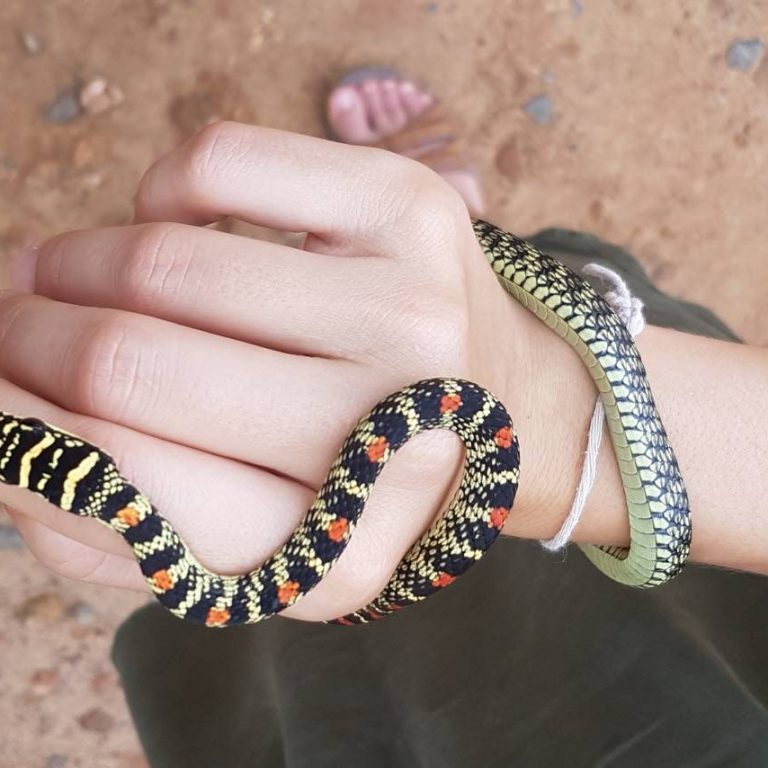
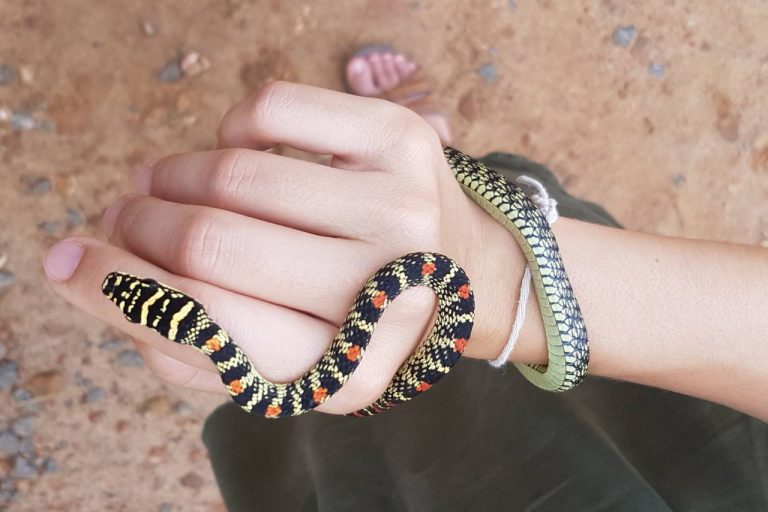
Snake farm
The snake farm is only 30 minutes away from the villa, Telijjawila a close destination from Weligama located this amazing place where kept venomous and non-venomous snakes. There are over 20 snake families kept in this place.
Get to know the importance of these intriguing reptiles, they protecting the agricultural fields by preying on rats, preventing agricultural losses. In this farm, the owners from generation to generation has been catching and breeding snakes. Holding non-venomous snake in your hand is an adventurous experience, and o take some photographs that never forget during the lifetime.
This place is really nice to observe the endemic snake’s behavior very closely. Cobra, Viper, and Krait find in here can be recorded most poisonous snakes in Sri Lanka.
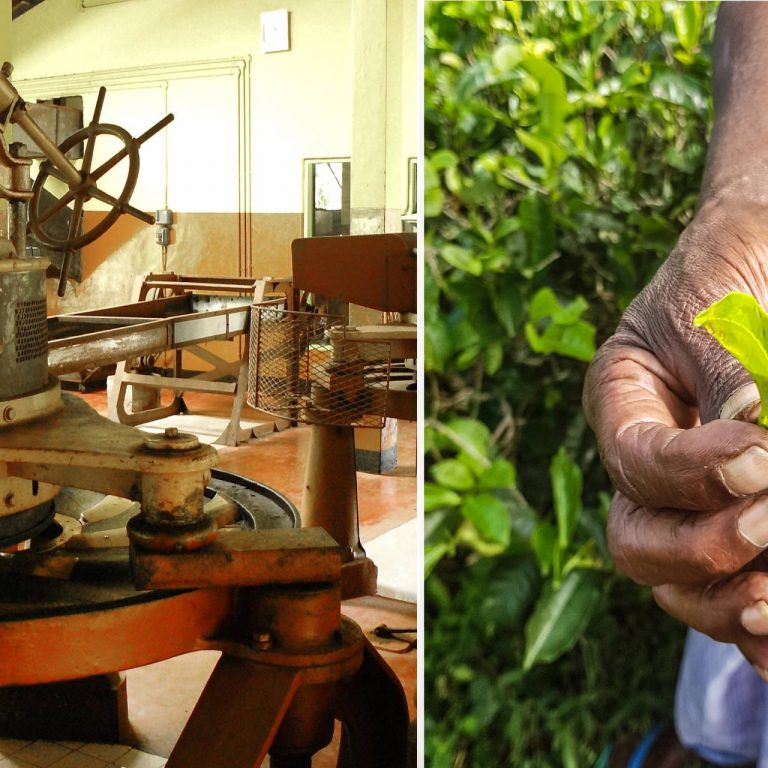
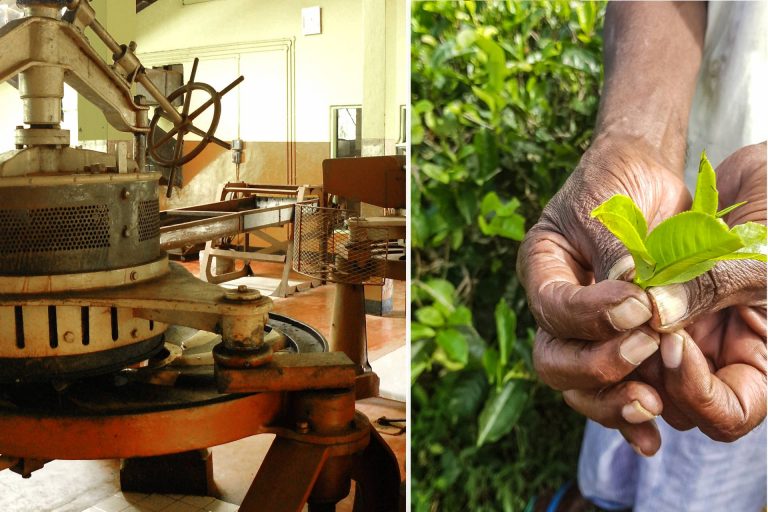
Hundungoda tea factory
For all those who do not have the opportunity to go up to north to the hills and tea plantations, we organize a day trip for you, to the Hundungoda white tea estate. Listen to story behind the white tea leaves, which is the most exclusive and healthy drink int he world, the leaves are hands plucked, and dried on te sun with great care, pure boost for the immune system.
Tea field, tea factory, tea tasting, only 30mins away from Mirissa, the best place to explore the pure virgin white tea making process. The officers will greatly explain the whole process, they follow all Chinese rituals for making those white tea and plucking without touching.
There is also a tea museum and you can purchase pure Sri Lankan tea.
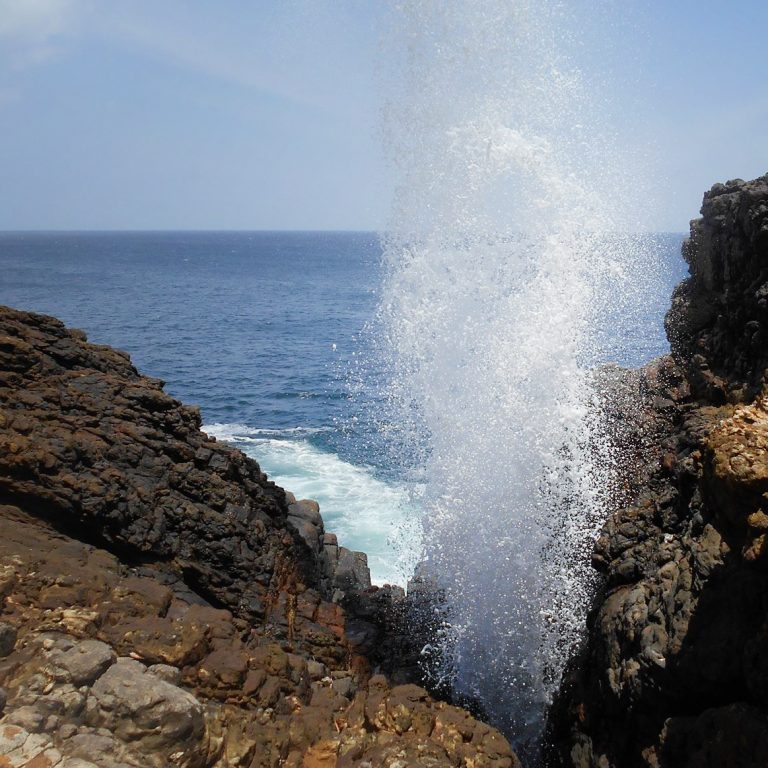
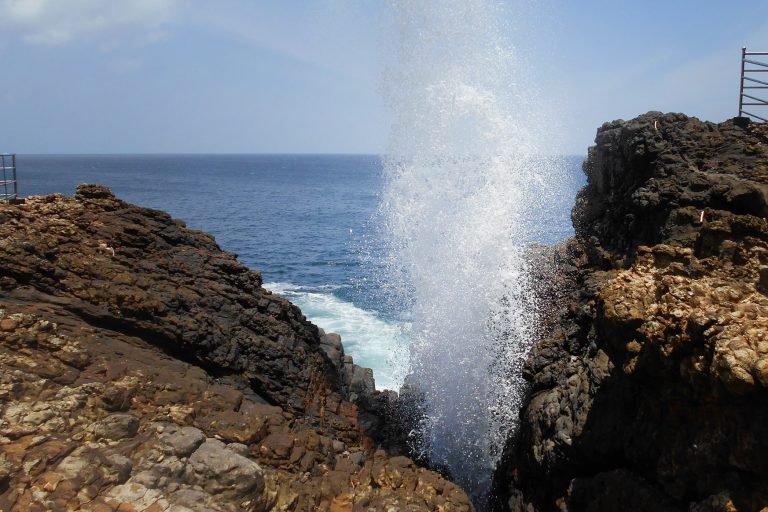
Hummanaya Blow Hole
Hummanaya is the only known Blowhole in Sri Lanka and it is considered to be the second largest blowhole in the world. “Hummanaya” refers to the noise, “hoo”, that can be heard a distance away when the blowhole is active. The sound caused when sea water rushes through a submerged cavern and is pushed upwards. The sea water flows underneath the shore, and then comes out of this hole due to pressure. The water fountain created by the geological feature shoots up every couple of minutes, depending on the nature of the sea, with the spray often reaching as high as 25 m (82 ft) to 30 m (98 ft).
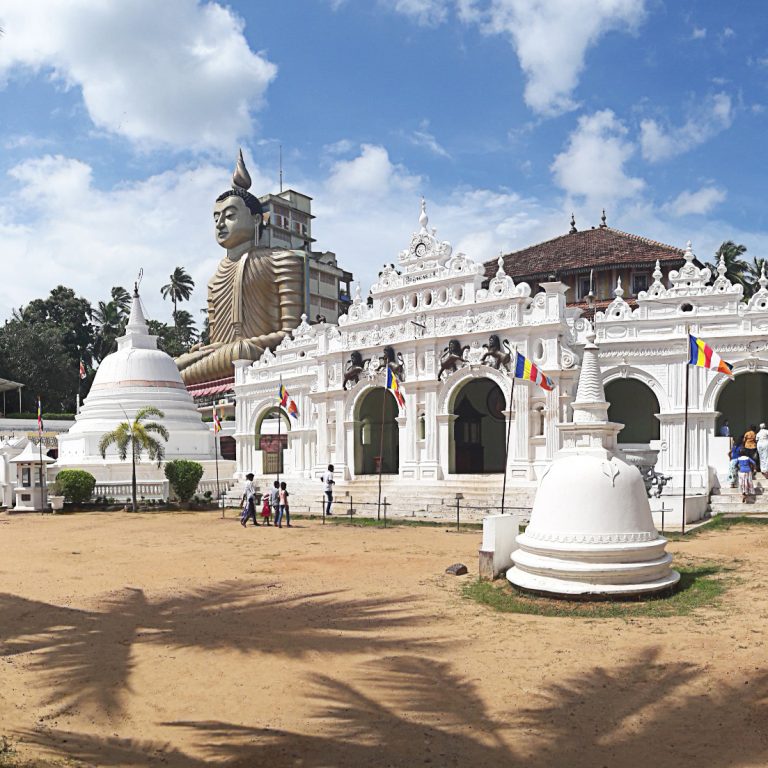
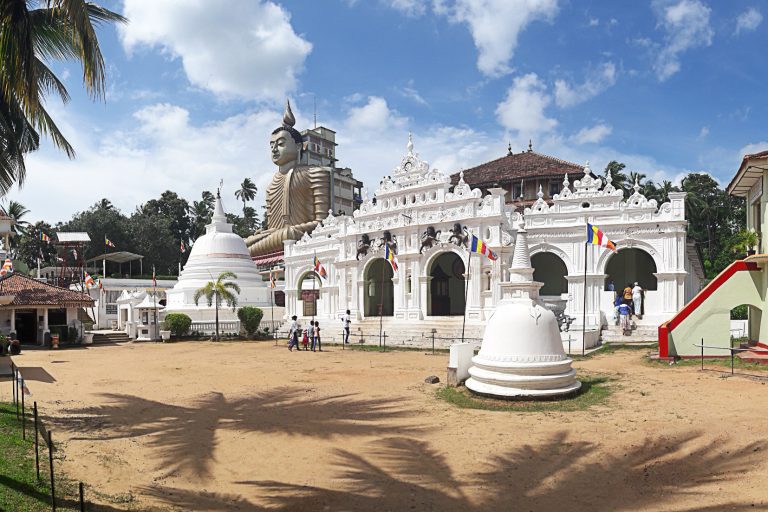
Wewurukannala temple
Wewurukannala Temple, Near dickwella houses Sri Lanka’s tallest seated Buddha statue, which is 150-feet tall. The templom lays on an ancient foundation, the building dates back to the time of King Rajadhi (1782 – 1798), and some parts rebult in the 1960’s. It does have a less ancient, but more interesting decor. This reclining Buddha was in one of the attached image houses, as was the “Hall-of-Horrors” “Hall-of-Punishments”. Inside of temple there are tens of statues picturing sinners and demons. In order to meet the big Buddha up-close, visitors must first navigate the Tunnel of Hell. The temple has three parts, the oldest being about 250 years old;the next part has life size models of demons and sinners show if you don’t follow the path to enlightenment this is what happens to you. Punishments include being drowned in boiling cauldrons, sawn in half, disemboweled, and sinners being hacked to pieces by human-like demons with fangs. Finally there is the enormous seated Buddha that is as high as an eight-storied building. The temple museum is a must see place if you visit there. The most impressive is the large clock which can be seen from font of the the building. The clock is has been built by a local craftsman called W. Elaris De Silva from Maggona in 1926 .
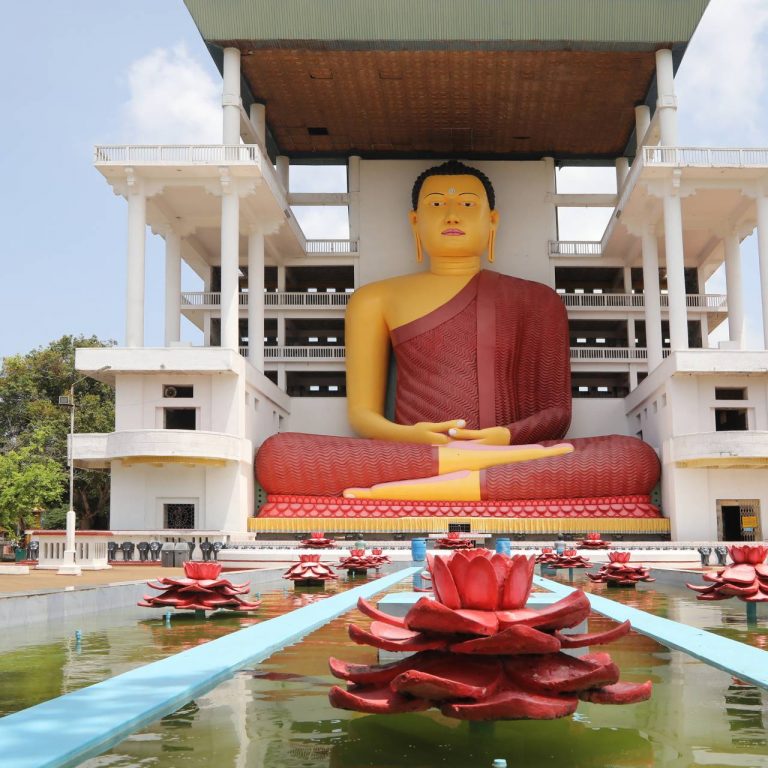
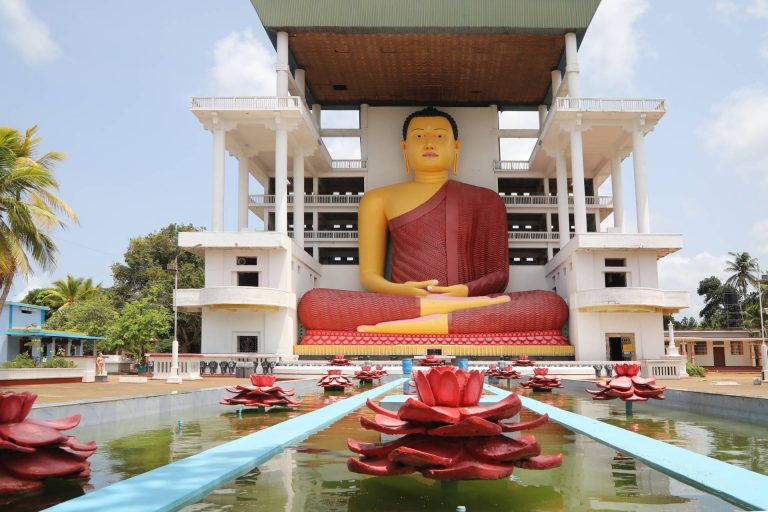
Buddhist temples
GANGARAMAYA ANCIENT TEMPLE
Temple what is over 500 years old, with magnificent and tremendous ancient paintings near Weligama Polwatta River. Located in a picturesque river bank, the ancient temple belongs to Kandian era and there are many Lord Buddha statues made of clay and painted by totally natural colors.
VEHERAGALLA ANCIENT TEMPLE
The temple is very special because it is one of the very few places found low country art style. It is different rather than Kandian style. The best example to observe low country art and architectural style as well. According to archeological facts, this temple was started on 18th or 19th centuries which represent low country murals.
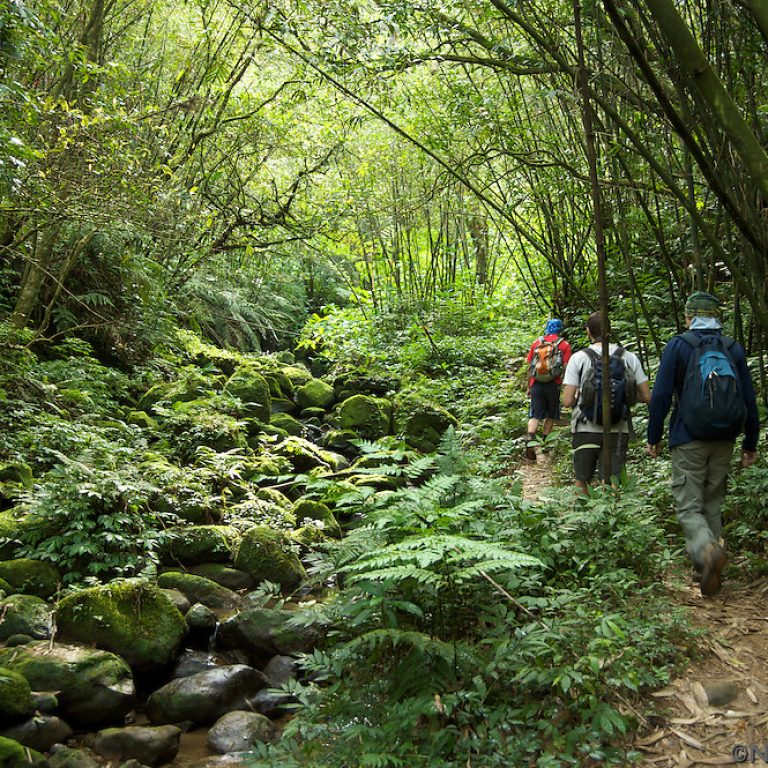
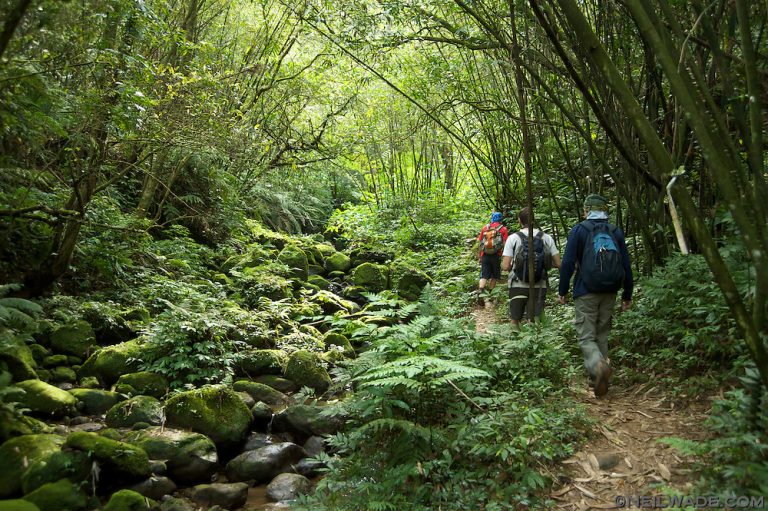
Sinharaja rainforest trekking
Observing the biodiversity of the forest is truly amazing, walking through narrow footpath is the best way to enjoy the natural lush in this giant massive forest. Sinharaja Rain Forest is an UNESCO World Heritage Site, the last viable remnant of Sri Lanka’s tropical lowland rainforest spanning an area of 18900 acres is located within Sabaragamuwa and Southern provinces of the south-west lowland wet zone of Sri Lanka.
Sinharaja is bounded by rivers on three sides. Sinaharaja is the home to over 50% of Sri Lanka’s endemic species of mammals, many kinds of insects, reptiles and rare amphibians, and a great place for watching butterflies.
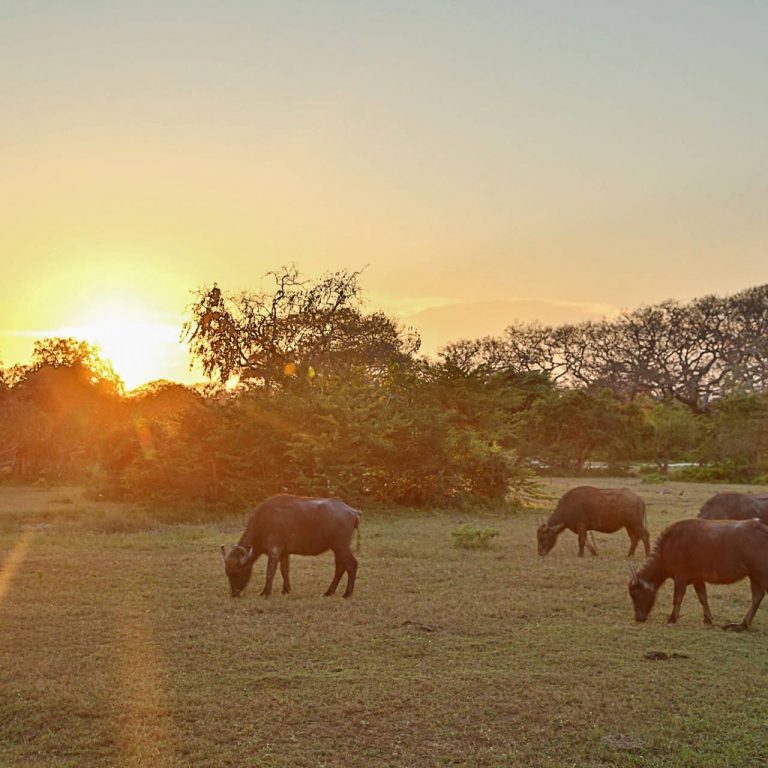
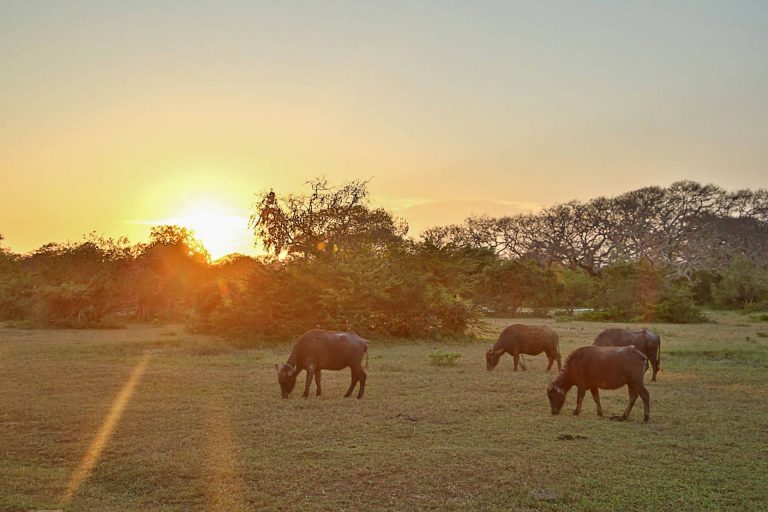
National Park, wildlife jeep safaries
If you want to experience Sri Lankas’s Wildlife, than Yala, and Udawalawe are all within easy reach.
We have our own vehicle to take you wherever you want to go, and arrange you the best Jeep safaris. Yala National Park covers 979 sq km, and has the world’s highest concentration of leopards.
In Udawalawe, there are huge numbers of elephants, crocodiles, wild boar, water buffalo and an amazing array of bird life. It is dry and wet zone combined, the national park has big population of buffalo, deer, crocodile, bear, and water birds as well. Bundala nature reserve is the best place to peep the nature in a different way. It is the best place to observe the birds because there is a bird sanctuary.
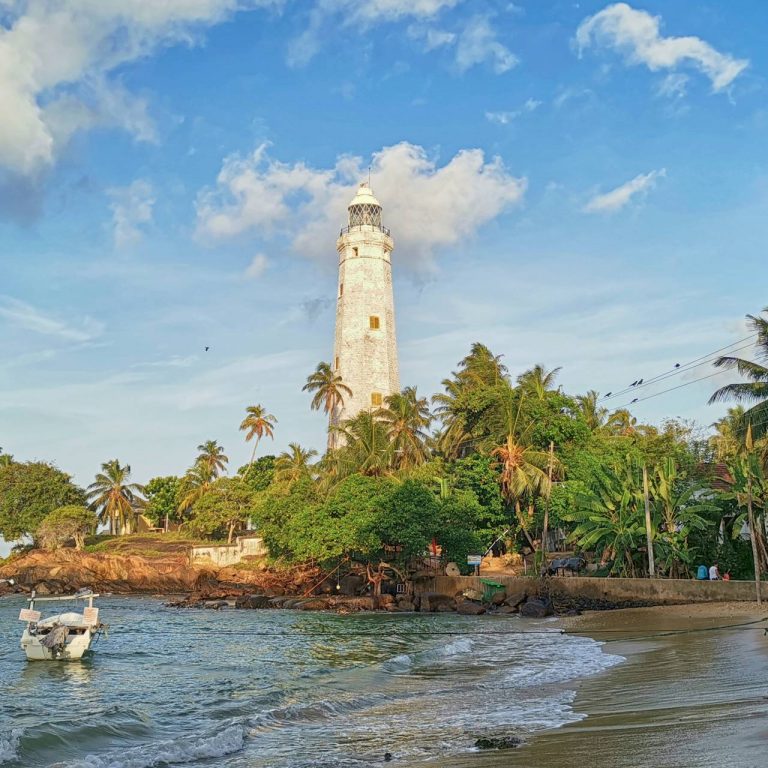
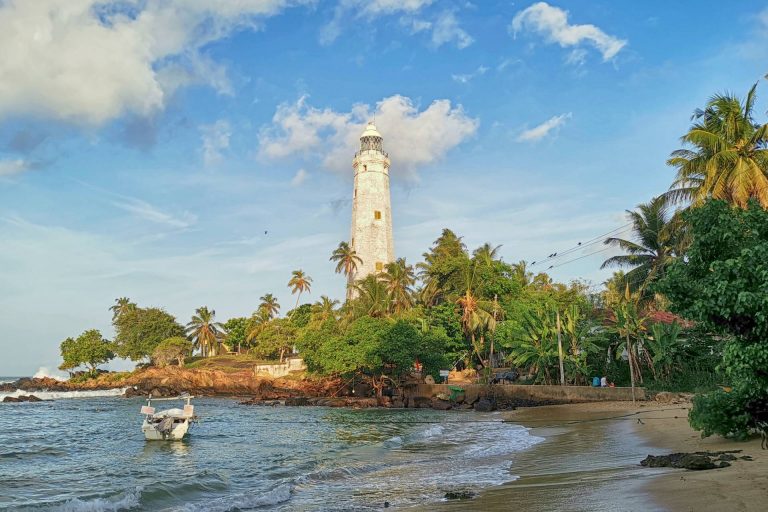
Dondra and Matara
Heading east from Mirissa, you can reach Matara (10km) you will find Dondra lighthouse, which is the islands Southernmost point. Dondra Lighthouse was built in 1889 by the British, 50 metres high so the tallest and also the most southernly light house on the island.
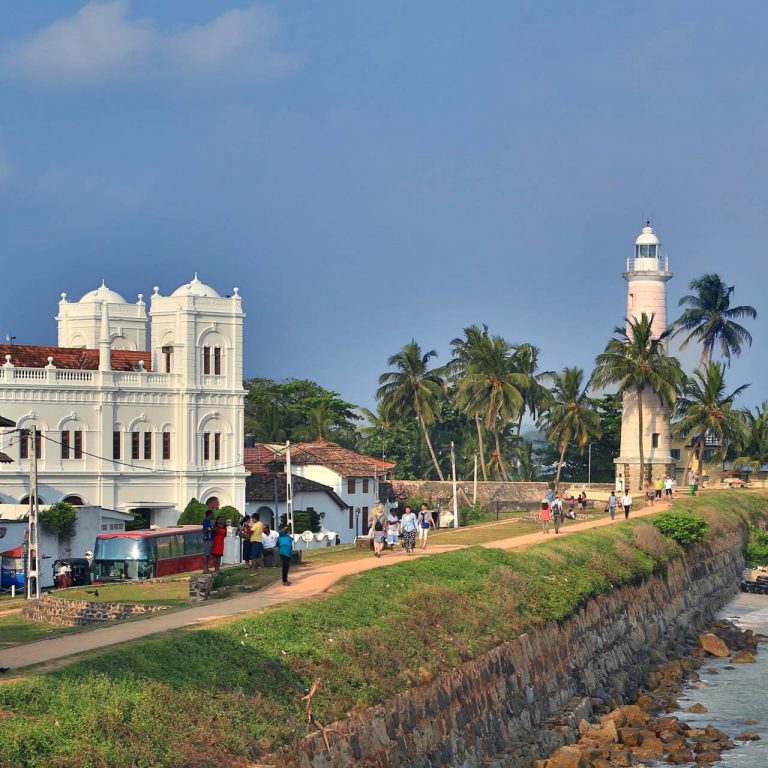
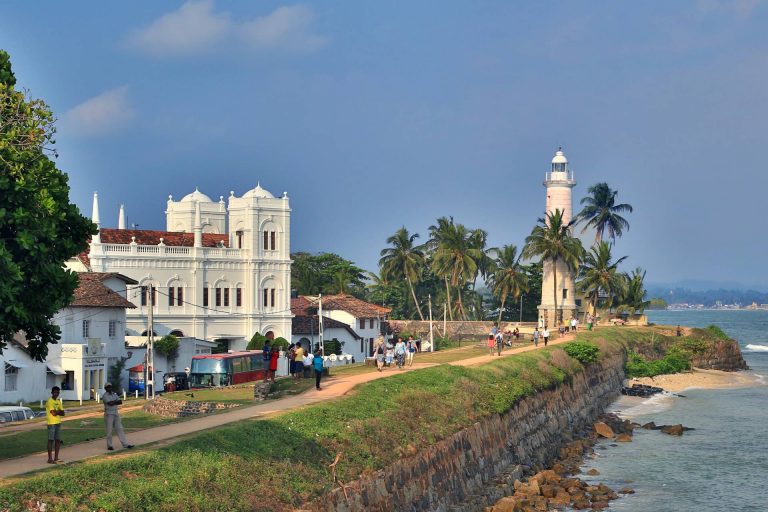
Galle and Unawatuna
Heading further west you will come to Unawatuna beach (40 minutes) and then the World heritage fortress town of Galle (50 minutes).
The historic fortress town of Galle declared as World Heritage city. Galle was the first harbor that visited Portuguese and latter the Dutch developed the structural part and the armed power.
There are the numberr of museums located in fort. Galle Fort has well preserved colonial architecture. Galle has a bold tropical backdrop that frames the lines of old Dutch colonial buildings. It is home to the gorgeous Fort area where you’ll find boutiques, cafes, and chic hotels. The heart of Galle is also filled with artists, writers, and other creative types from around the globe.
The Fort is home to countless architectural treasures. Built back in 1588, this cultural artifact is still home to a vibrant, modern community. Since you’ll need to stop every few minutes for each Instagram-worthy view, plan an afternoon to roam.
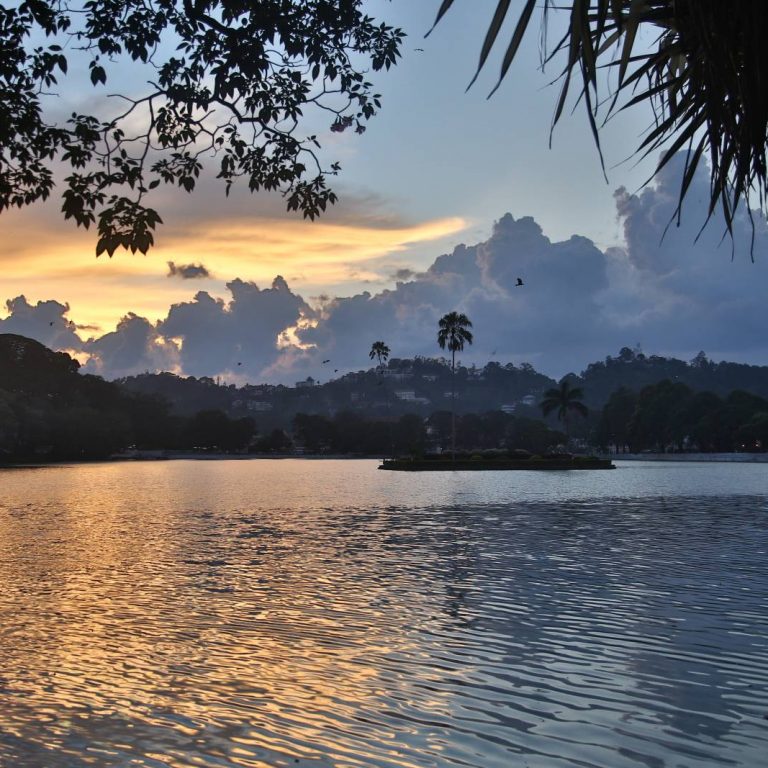
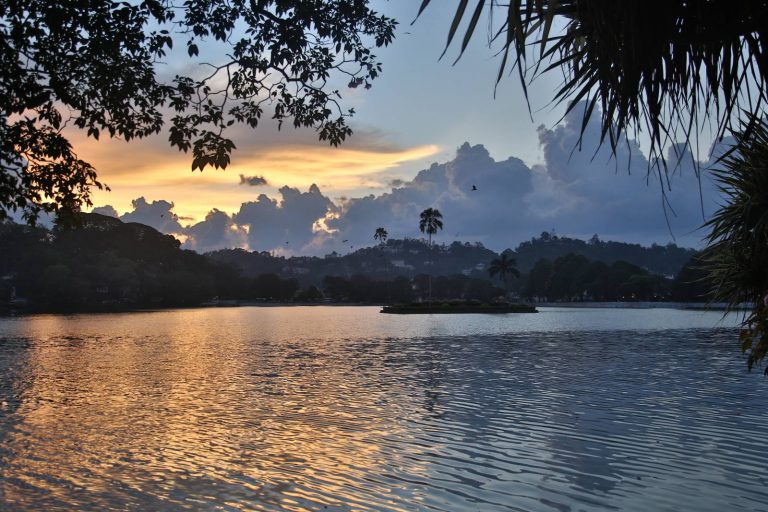
Koggala lake
Koggala Lake is one of the largest natural lakes and one of the major attractions in the area, s shrouded in the thick shade of mangroves, a little oasis, a perfect antidote to urban weariness.
Enjoy a serene 2-hour boat ride on the lake passing and stopping for short visits of a few islands to learn about cinnamon production, enjoy a cup of cinnamon tea provided by a villager as a welcome, see growing spice gardens and visit an old temple with ancient wall paintings.
Finally, you can try a natural lake fish pedicure experience too.
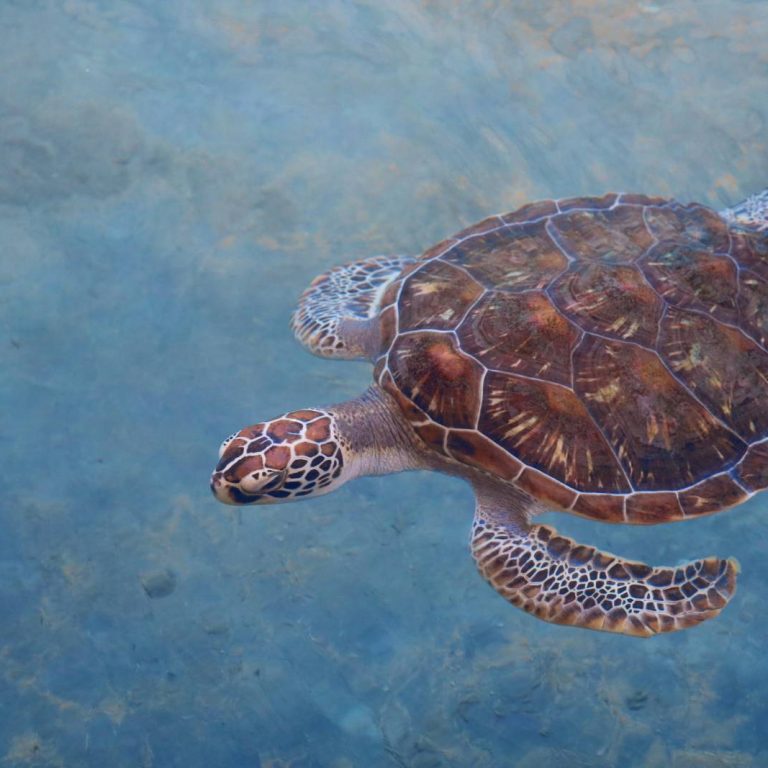
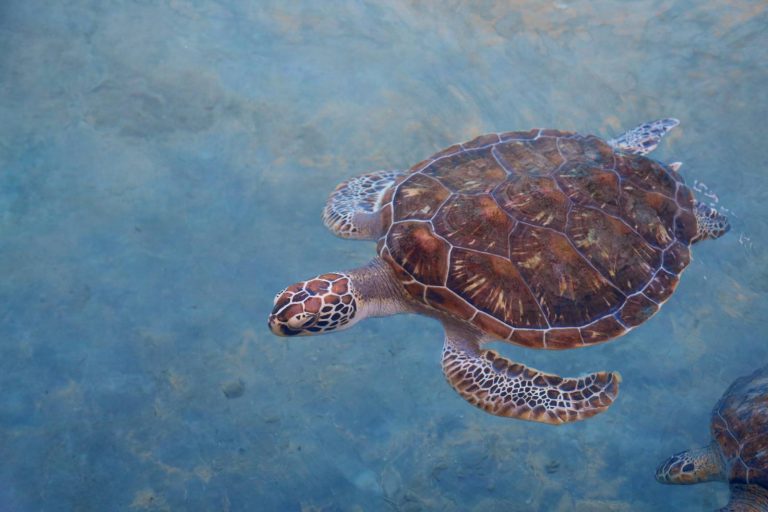
Turtle hatchery
There are five varieties of turtles can be seen in down south of Sri Lanka. It is one of great work to protect this endangered animal. Koggala, Habaraduwa, Weligama are famous places for laying eggs. In turtle hatcheries transplanted eggs are hatched and the baby turtles are then released into the sea.
The turtle conservation established an “in situ” protection: where the eggs are laid by the female turtle, the conservation centres can collect the endangered ones, ensure a safe place to hatchle, after allows the hatchlings to scramble down to the ocean immediately after they emerge from their egg.
Guests can attend volunteer basis for conservation process too. Release the baby turtles to the ocean is a truly amazing thing.
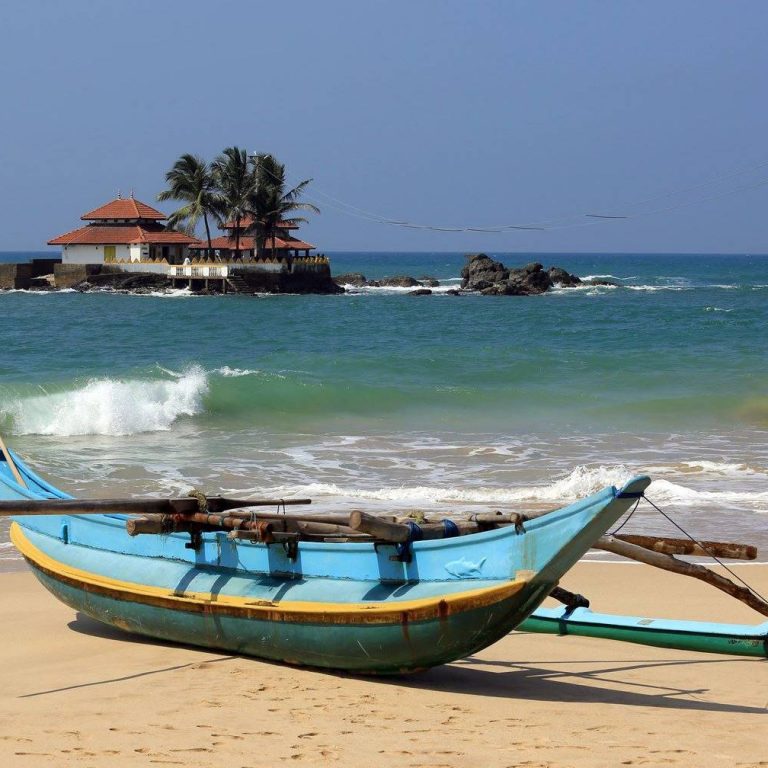
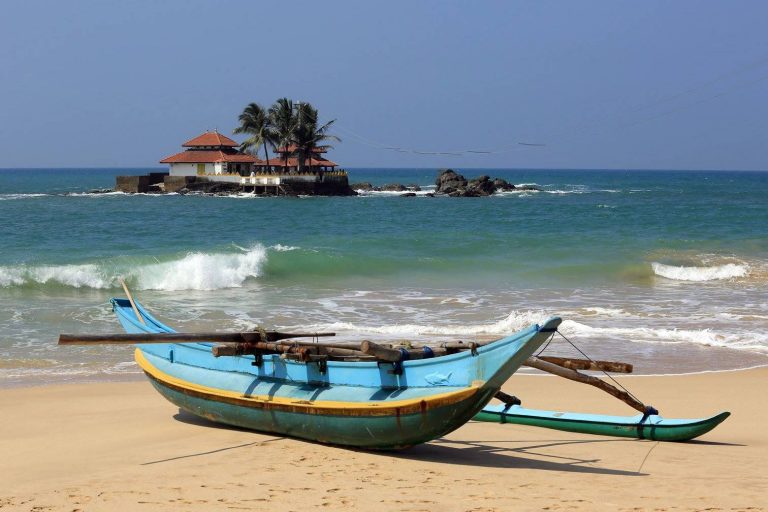
Stilt fishermen
One of the most popular attractions is the stick fishermen at Ahangama (20 minutes away).
A great and extraordinary fishing method which only can be sighted in down south of Sri Lanka since centuries. The practice started during World War II when food shortages and overcrowded fishing spots prompted some clever men to try fishing on the water. The fishermen sitting on a narrow pole that tight with a stick.
Even there is an opportunity for fishing for foreigners for having an unforgettable experience.
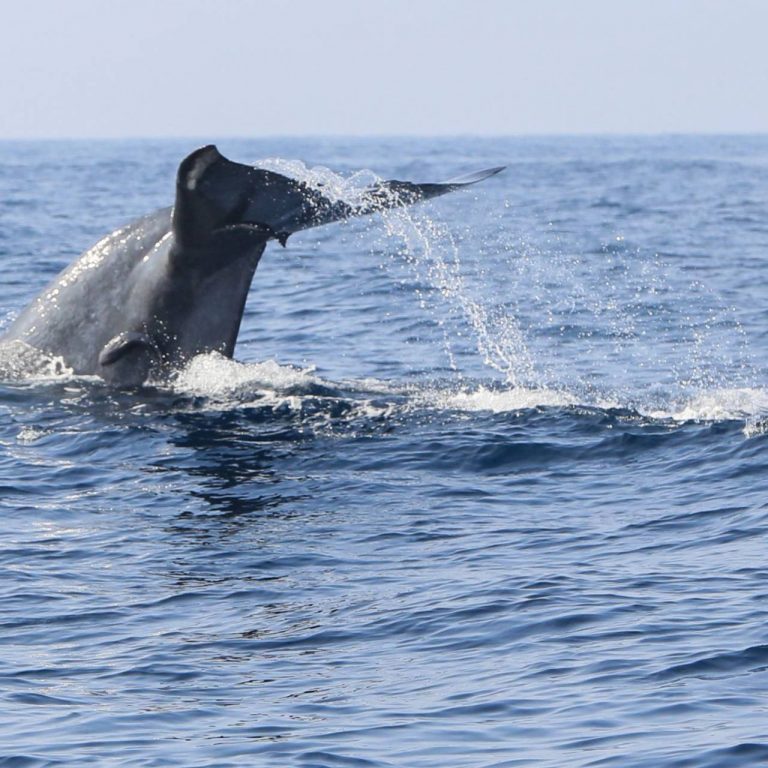
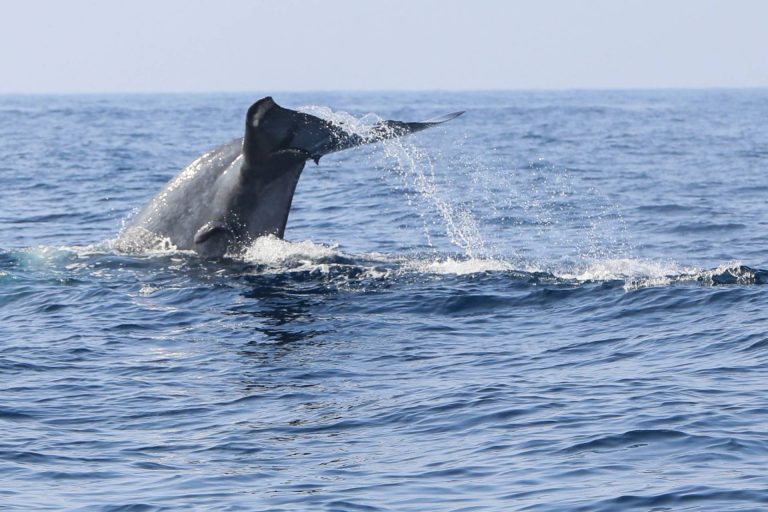
Whale and dolphin watching
You can watch blue whales year round in Sri Lanka, which are the are the largest mammal known on the earth. All year round you can have dolphin watching excursions too. Mirissa is also one of the best & easiest places in the world to see blue whales as well as dolphins, sperm whales, turtles and flying fish.
We can help book one of these boat trips, with an eco-friendly whale watching boat service, who will make sure to show you whales without disturbing or chasing them. Although it is an incredible experience seeing these giant mammals so close, we are also very conscious about not to disturb them anyway.
Sightings are most regular from December to April (with Dec & April being the best months).


